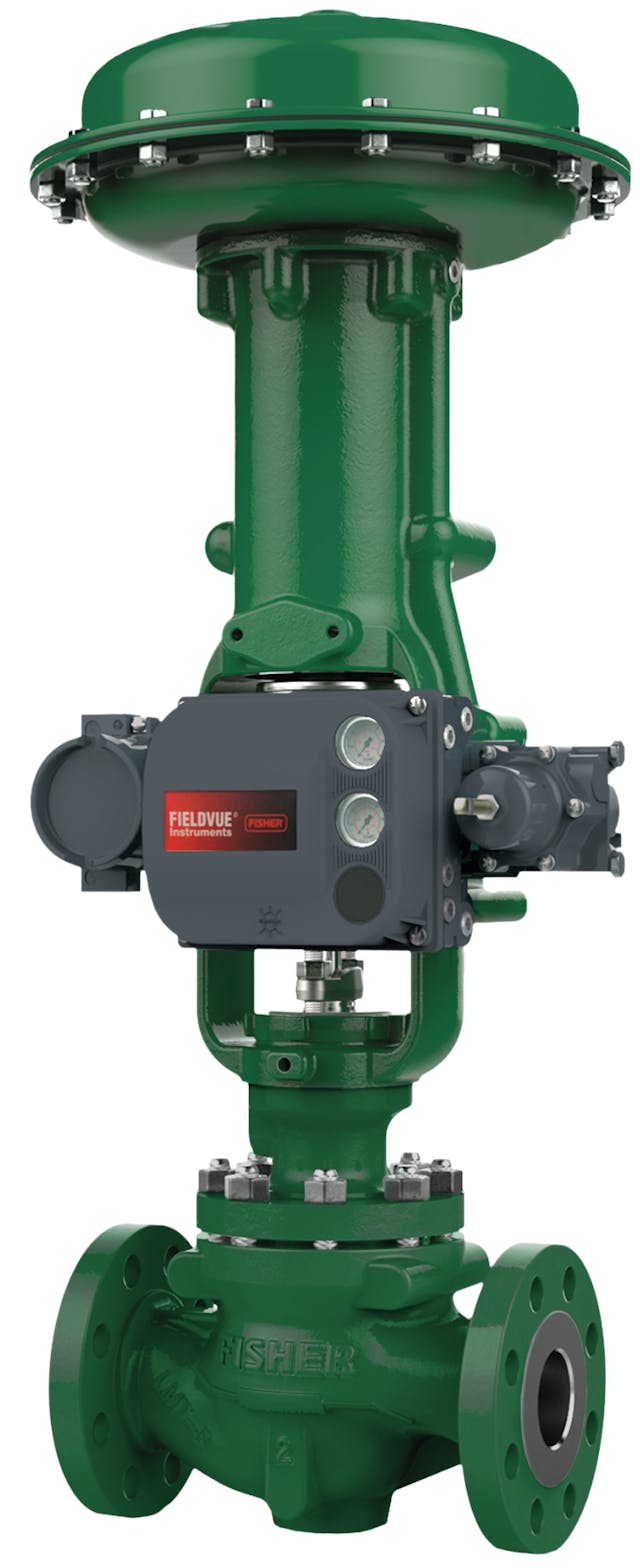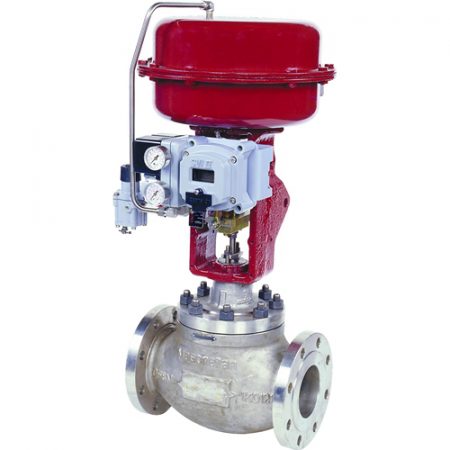Enhancing Operational Efficiency with Advanced Control Valves
Enhancing Operational Efficiency with Advanced Control Valves
Blog Article
Achieve Seamless Combination and Control With Quality Structure Automation Controls
In the realm of modern-day building administration, the importance of quality building automation controls can not be overstated. Welcoming quality structure automation controls is not merely an issue of convenience but a critical imperative for companies intending to maximize their facilities' performance and sustainability.

Advancement of Structure Automation Controls
Throughout the previous few decades, the advancement of building automation controls has actually considerably transformed the method structures are taken care of and operated. At first, developing automation systems primarily concentrated on basic features such as regulating ventilation, home heating, and air conditioning (HEATING AND COOLING) systems. As modern technology progressed, these controls have actually become a lot more advanced, allowing for a larger range of structure systems to be incorporated and handled centrally.
The evolution of developing automation controls has actually seen a change towards even more smart systems that can adapt to altering conditions in real-time. This flexibility is essential for enhancing energy effectiveness and ensuring occupant comfort. Additionally, contemporary building automation controls currently provide features such as predictive upkeep, remote surveillance, and information analytics, making it possible for center supervisors to make data-driven choices to improve building efficiency.

Benefits of Top Quality Assimilation
The development in structure automation manages in the direction of more intelligent systems has highlighted the considerable advantages of top quality integration in maximizing structure operations and enhancing total effectiveness. Quality integration of constructing automation controls uses several crucial benefits. Firstly, it brings about enhanced power effectiveness by permitting various systems to interact seamlessly, making certain optimal efficiency and reducing power wastage. High quality combination boosts owner convenience and performance by making it possible for personalized control over environmental settings like air, lighting, and temperature high quality. This modification can cause an extra conducive and comfortable working or living environment. In addition, high quality integration simplifies maintenance and fixing processes, as all systems are interconnected and can be monitored and managed from a centralized user interface. This centralized control additionally offers better exposure and understandings right into building performance, enabling positive maintenance and optimization approaches. Overall, the advantages of top quality assimilation in structure automation controls are indisputable, offering boosted performance, comfort, and operational effectiveness.
Boosted Individual Experience and Access
Enhancing customer communication with structure automation regulates via instinctive style and improved access raises the general experience for passengers and center supervisors alike. By concentrating on user experience, building automation systems can end up being extra reliable and straightforward. User-friendly interfaces, clear navigating, and customizable settings encourage users to connect with the controls quickly and successfully.
Accessibility attributes play a crucial duty in making certain that all people, consisting of those with disabilities, can make use of the building automation manages effortlessly. Integrating features such as voice commands, responsive buttons, and color-contrasted screens can boost access and make the controls extra comprehensive.
In addition, boosted individual experience leads to higher user complete useful reference satisfaction, increased efficiency, and far better decision-making. Passengers can adjust environmental settings according to their preferences, while facility managers can efficiently check and manage structure systems - control valves. Overall, focusing on individual experience and accessibility in building automation regulates adds to a more productive and smooth building environment for all stakeholders included
Sustainable Practices Via Automation
Furthermore, automation can promote the combination of sustainable energy resources such as solar panels or wind generators right into structure procedures. With automation, structures can straighten with contemporary sustainability goals and add to a greener future.
Future Trends in Building Control Solution
In anticipation of progressing innovations and progressing sustainability methods, the trajectory of structure control systems is positioned to embrace ingenious remedies and transformative strategies. One prominent pattern forming the future of building control systems is the boosted integration of Expert system (AI) and artificial intelligence. These technologies enable buildings to adapt in real-time to changing problems, optimizing energy consumption and enhancing convenience for owners. Additionally, the Net of Points (IoT) is transforming building control systems by linking sensing published here units and gadgets to improve operations and enhance performance.
One more essential trend is the emphasis on cybersecurity steps to protect against prospective threats to building automation systems. As structures come to be much more interconnected, ensuring robust cybersecurity protocols will be crucial to safeguard sensitive information and protect against unauthorized gain access to.
Moreover, the shift towards cloud-based systems is acquiring energy, permitting centralized control and remote access to building systems. This helps with much easier monitoring, maintenance, and updates, enhancing the overall performance and versatility of building control systems. As modern technology remains to advancement, these fads are expected to form the future landscape of structure automation controls, driving technology and sustainability in the constructed setting.
Conclusion
To conclude, developing automation controls have actually progressed substantially, providing countless advantages such as enhanced individual experience, accessibility, and lasting practices. Quality integration plays a vital role in accomplishing smooth control and reliable operation of structure systems. Future trends in structure control systems are most likely to focus on more boosting automation capabilities for enhanced energy effectiveness and general efficiency. It is important for building proprietors and operators to focus on the fostering of quality building automation manages to optimize structure operations and accomplish long-term sustainability objectives.
In the world of modern structure administration, the relevance of quality structure automation controls can not be overemphasized. Overall, the development of building automation controls proceeds to drive innovation in the structure management market, supplying brand-new opportunities for creating smarter and much more lasting buildings.
The innovation in structure automation manages towards even more intelligent systems has actually underscored the substantial advantages of top quality assimilation in maximizing building procedures and enhancing overall performance. In general, focusing on individual experience and availability in building automation regulates adds to an extra smooth and effective you could look here building setting for all stakeholders entailed.
It is important for structure proprietors and operators to focus on the fostering of high quality structure automation controls to enhance building operations and attain lasting sustainability goals. - control valves
Report this page